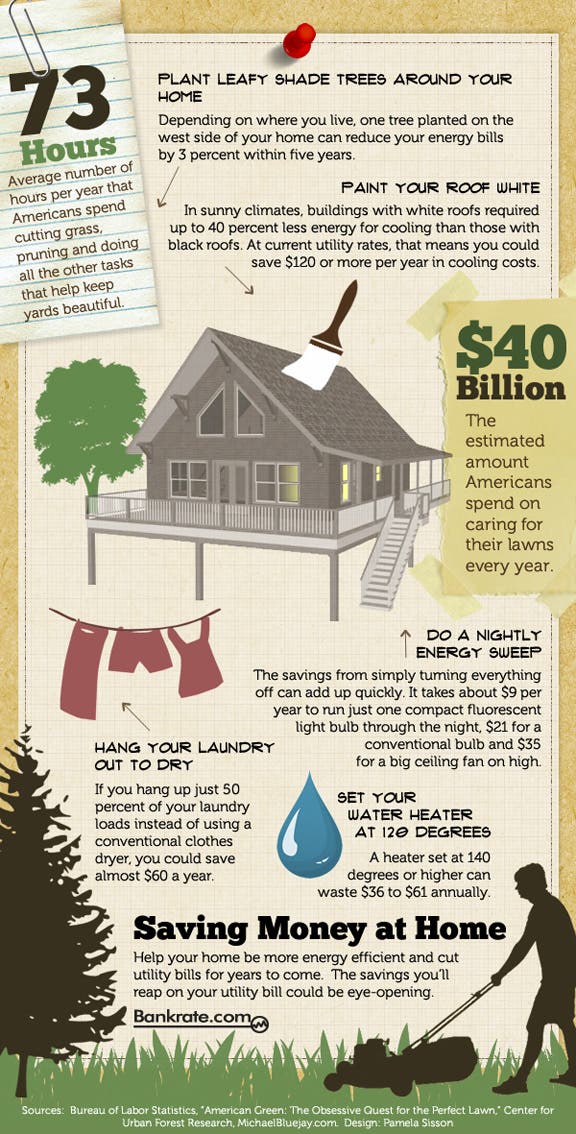Acknowledging The Need For Tree Removal: An Overview For Homeowners
Acknowledging The Need For Tree Removal: An Overview For Homeowners
Blog Article
Created By- https://burningstumpsout94949.blogginaway.com/29918163/guarding-your-landscape-replanting-after-tree-removal include elegance and worth to property, but they can likewise posture a threat throughout extreme weather events. If plant management company has actually quit growing, is showing noticeable fungal development, or has a leaning trunk, it ought to be gotten rid of by an expert to prevent home damages and injury.
To get more information, participate in a homeowner source fair co-hosted by HPD, the Center for New York City Neighborhoods, and Brooklyn-based housing partners this evening in Bedford-Stuyvesant. The occasion will feature the Home owner Manual, a brand-new guide to aid home owners browse the obligations of owning a home.
1. Dead or Dying Branches
Trees are an important part of your home's landscape, supplying color and beauty. https://www.jsonline.com/story/life/home-garden/2020/10/01/winterscaping-yard-can-take-chill-out-snowy-landscape/5827687002/ provide shelter for wild animals and generate oxygen, however even healthy and balanced trees can experience health problems that may demand their elimination. Dead or dying trees aren't simply unattractive, they can be dangerous. Their branches can drop during a tornado, leading to pricey residential or commercial property damages and injuries.
When a tree's branches begin to pass away, it implies that its framework is starting to break down. If most of its branches are dead, it is most likely time to remove it.
Try to find a lack of new growth, bark peeling, open injuries or dental caries, fungis growing on the trunk or roots and a general appearance of degeneration in the entire cover. hedge trimming of infection can indicate a serious issue that will certainly require professional tree solutions to solve.
2. Leaning Trunk
While it's regular for trees to lean every now and then due to phototropism, if a tree has a hazardous or severe lean that's not as a result of natural processes - it could be an indicator that the tree requires to be gotten rid of. If the tree is favoring a high-voltage line, home, car, play structure or any other area that could be harmful to people if it drops, after that contacting a specialist tree solution for removal ought to be a leading concern.
It's additionally vital to look for any type of sudden changes in a tree's leaning as it can suggest damages to the origins or trunk that might cause falling. This is particularly real during stormy weather, because high winds and rain-soaked soil can cause a lean to transform swiftly. Normal monitoring, specifically during and after storms can help home owners acknowledge prospective issues with their trees so they can call an arborist for a comprehensive examination.
3. Bug Invasion
Some pest invasions, such as wood-boring pests like emerald ash borer or sap-suckers like range pests, are so extreme that they can create a tree to pass away. The very best means to stop pest infestation is to monitor your trees on a regular basis. Search for spots, holes, or discolorations in the fallen leaves and bark. Take a look at the trunk for cracks and signs of insect damages, such as passages or tracks.
If a tree comes to be as well ravaged with pests, or is close to a home or high-voltage line, an arborist may advise elimination. If a leaning tree creates a brand-new, unpredictable lean, an arborist will likely recommend removal also to guarantee the safety and security of people and building. If a weakened or dead tree continuously drops excessive branches, it is an indicator that it is time to remove the tree. If a tree continues to lose branches for an extended time period, it could bring about structural problems and prospective residential property damage.
4. Harmed Trunk
Trees are a stunning and vital part of our landscape, yet they do call for regular like keep them healthy and balanced and risk-free. If a tree is harmed beyond repair it is likely time for it to find down.
Look for signs of damages to the trunk, including vertical fractures, seams, dead branch stubs, visible wounds or open cavities and severe tree-rot. The existence of fungi at the base of the trunk is an additional alerting indication. Fungi might show that the phloem and xylem (life-support cells) are endangered, enabling the spread of illness or a future failing.
Also, consider whether the tree has actually quit growing. Healthy trees will certainly have new development each year, which may show up as buds or branches sprouting and prolonging. If you do not see any kind of new growth, it's a great idea to have an arborist examine the tree and follow their referral for elimination. A passing away or harmed tree can fall and create building damage.